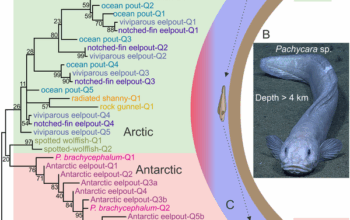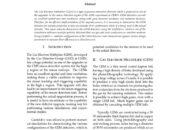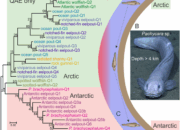In the contemporary landscape of telecommunications and data transmission, the fiber optic transceiver emerges as a pivotal component, facilitating high-speed communication over long distances with remarkable efficiency. But what exactly is a fiber optic transceiver? This intricate device is a blend of transmitter and receiver functionalities, encapsulated in a single module. However, what nuances and complexities underpin its operation? Moreover, as businesses increasingly depend on data integrity and speed, how can they ensure they select the most suitable transceiver for their unique requirements?
To illuminate the subject, we must first dissect the fundamental components of a fiber optic transceiver. At its core, the transceiver consists of three primary elements: a light source, a photodetector, and signal processing circuits. The light source, often a laser or light-emitting diode (LED), converts electrical signals into pulses of light. These light pulses travel through a fiber optic cable, a medium composed of glass or plastic fibers that effectively transmit light with minimal signal degradation.
Upon reaching their destination, the photodetector, typically a semiconductor device, receives the light pulses and converts them back into electrical signals. The signal processing circuits play a crucial role, ensuring that the information transmitted is accurately interpreted, thereby facilitating seamless communication between different network devices. This harmonious interplay of components illustrates the transceiver’s capability to bridge the chasm between electrical systems and optical networks.
However, the operation of a transceiver is not as straightforward as one might assume. It faces several challenges, including the need for compatibility with various transmission protocols and standards. For instance, modern networks often utilize different protocols such as Ethernet, Sonet, or Fibre Channel, each with its own specifications regarding data rates, distances, and environmental conditions. Consequently, selecting a transceiver that harmonizes with the existing network infrastructure can pose substantial challenges.
Moreover, as technology progresses, the demand for higher bandwidth and lower latency continues to escalate. In response, manufacturers are innovating transceivers capable of supporting advanced technologies such as Dense Wavelength Division Multiplexing (DWDM) and Optical Transport Networks (OTN). These advancements enable multiple data signals to be transmitted simultaneously over a single fiber, substantially enhancing the overall capacity of the network. However, understanding the intricacies of these technologies can be daunting for organizations, particularly when considering the deployment of such advanced systems.
One of the significant advantages of fiber optic transceivers is their ability to deliver exceptional performance over long distances. Unlike traditional copper cables, which suffer from significant signal attenuation and electromagnetic interference, optical fibers exhibit superior transmission characteristics. Their low-loss attributes render them ideal for long-haul communications, spanning hundreds or even thousands of kilometers without the need for signal regeneration.
Additionally, the efficacy of fiber optic transceivers is complemented by their resilience to environmental factors. The materials used in fiber optics are typically robust and capable of withstanding temperature variations, humidity, and physical stress. For organizations located in environments with harsh conditions, such as industrial sites or outdoor installations, selecting a transceiver designed for durability and reliability can significantly mitigate potential operational disruptions.
As the digital age evolves, the demand for energy-efficient solutions escalates. Fiber optic transceivers are inherently more energy-efficient than their copper counterparts, as they transmit data using light, which consumes less power. Organizations seeking to reduce their carbon footprint while maintaining operational efficiency should consider the implications of transitioning to fiber optics in their networking solutions.
Nevertheless, a transition to fiber optic technology is not without its challenges. The physical installation and integration of fiber optic systems necessitate specialized knowledge and expertise. Properly terminating and splicing fiber optics requires precision; errors in installation can result in detrimental signal loss or complete failure of the communication system. Consequently, organizations must find qualified personnel or invest in training to ensure that their network infrastructure is robust and effective.
Additionally, fiber optic transceivers vary significantly in cost, depending on specifications and capabilities. As organizations assess their requirements, balancing budget constraints with performance needs becomes a critical consideration. It raises the question: how does one determine the optimal transceiver that strikes a balance between cost efficiency and technological advancement?
In conclusion, the fiber optic transceiver is a cornerstone of modern telecommunications, playing a vital role in high-speed data transfer. While it promises remarkable benefits, organizations must navigate various challenges, from compatibility with existing systems to installation complexities and cost considerations. Engaging with these challenges proactively will not only ensure reliable communication systems but will also position businesses advantageously in an increasingly digitized world. Ultimately, as the demand for speed and efficiency intensifies, understanding and utilizing fiber optic transceivers will remain essential for operational success in the telecommunications sphere.







